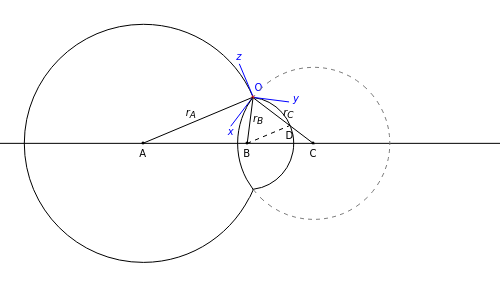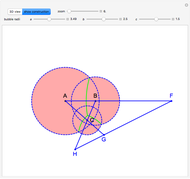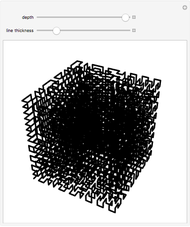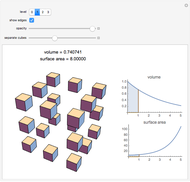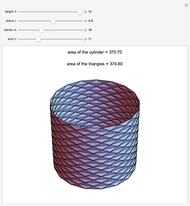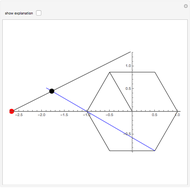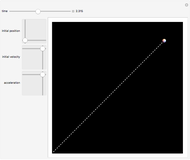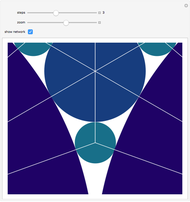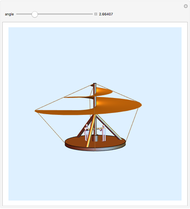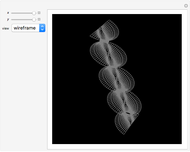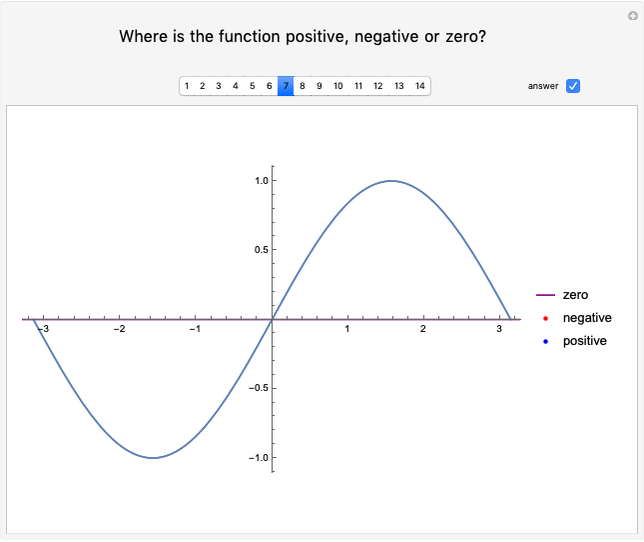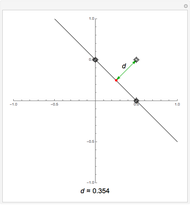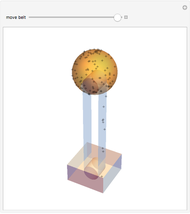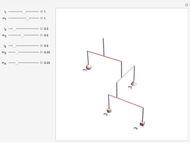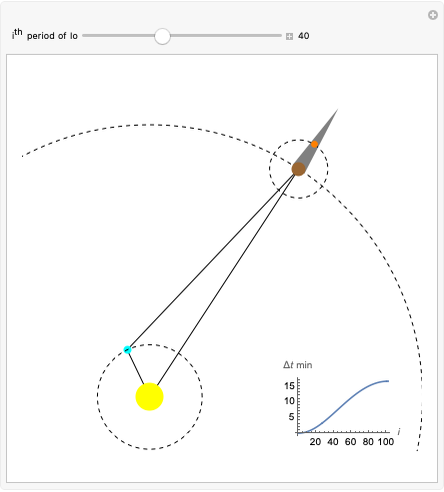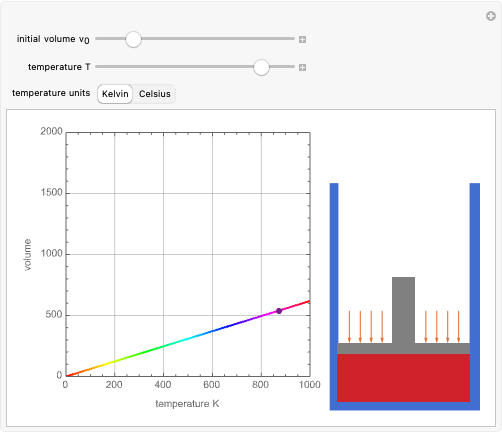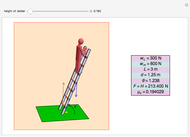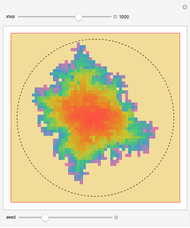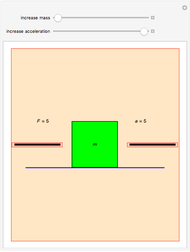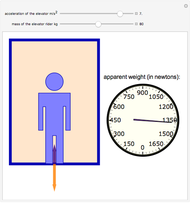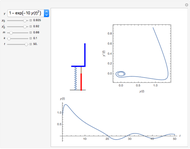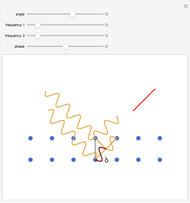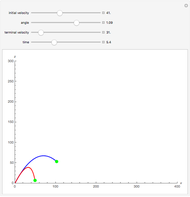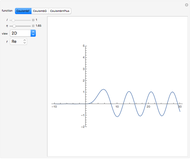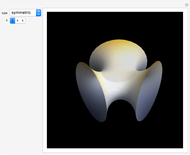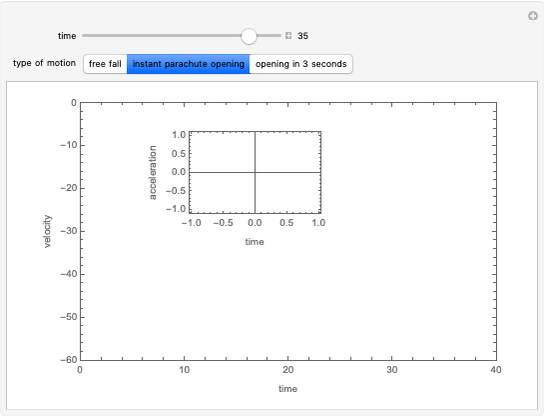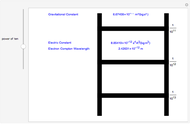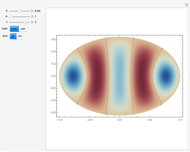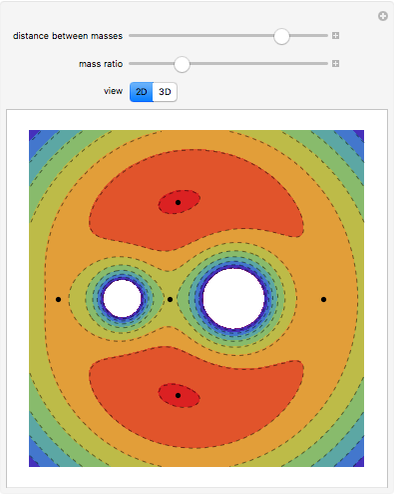Two Coalescing Soap Bubbles

Requires a Wolfram Notebook System
Interact on desktop, mobile and cloud with the free Wolfram Player or other Wolfram Language products.
The figure shows the geometrical properties of a pair of coalescing bubbles, first studied by the Belgian physicist Joseph A. Plateau in the 1830s. The bubbles reach this configuration because the internal pressures are in equilibrium. Soap bubbles are superb examples of minimal surfaces, an important subject in mathematics.
Contributed by: Enrique Zeleny (April 2010)
Open content licensed under CC BY-NC-SA
Snapshots
Details
The angles between the lines  ,
,  , and
, and  are equal to 120°; the angles
are equal to 120°; the angles  and
and  are equal to 60°;
are equal to 60°;  and
and  are right angles. The following relation holds for the radii of the three circles:
are right angles. The following relation holds for the radii of the three circles:
 ,
,
where the auxiliary circle centered at C gives the curvature of the surface that separates the bubbles.
For amazing facts about bubbles, see the Ian Stewart article "Double Bubble, Toil and Trouble", and for a derivation of the relationships, see C. Isenberg, The Science of Soap Films and Soap Bubbles, New York: Dover, 1992.
Permanent Citation
